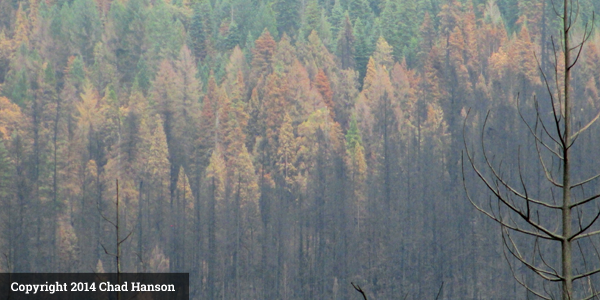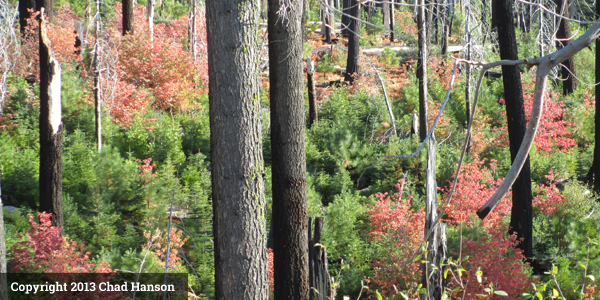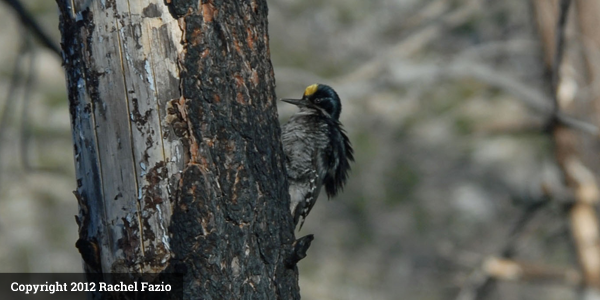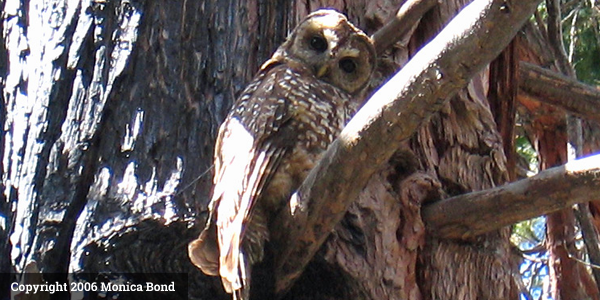Homepage
Fire
 Fire
Fire
Natural Restorer of Ecosystems
Mixed intensity wildland fire is and has always been a natural and ecologically beneficial process in conifer forests. Burning in a mosaic pattern, fire restores natural heterogeneity essential for an ecologically healthy forest.
[cmsms_button button_link=”https://johnmuirproject.org/press/” button_target=”self” button_text_align=”left” button_font_weight=”100″ button_font_style=”normal” button_padding_hor=”20″ button_text_color_h=”#ffffff” animation_delay=”0″]LEARN MORE[/cmsms_button]
Read MoreFire is a Natural Restorer of Ecosystems
Mixed intensity wildland fire is and has always been a natural and ecologically beneficial process in conifer forests. Burning in a mosaic pattern, fire restores natural heterogeneity essential for an ecologically healthy forest.
Read MoreHigh Intensity Fire
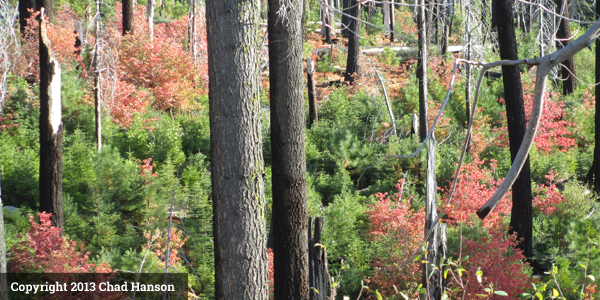 High Intensity Fire
High Intensity Fire
Great For Wildlife
Patches of high intensity fire in mature and old forest create one of the richest forest habitat types (“complex early seral forest”), with abundant standing dead trees (snags), native shrubs, downed logs and naturally regenerating conifers essential to healthy and productive wildlife populations.
[cmsms_button button_link=”https://johnmuirproject.org/forest-watch/post-fire-habitat/” button_target=”self” button_text_align=”left” button_font_weight=”100″ button_font_style=”normal” button_padding_hor=”20″ button_text_color_h=”#ffffff” animation_delay=”0″]LEARN MORE[/cmsms_button]
Read MoreHigh Intensity Fire is Great For Wildlife
Patches of high intensity fire in mature and old forest create one of the richest forest habitat types (“complex early seral forest”), with abundant standing dead trees (snags), native shrubs, downed logs and naturally regenerating conifers essential to healthy and productive wildlife populations.
Read MoreBlack-Backed Woodpeckers
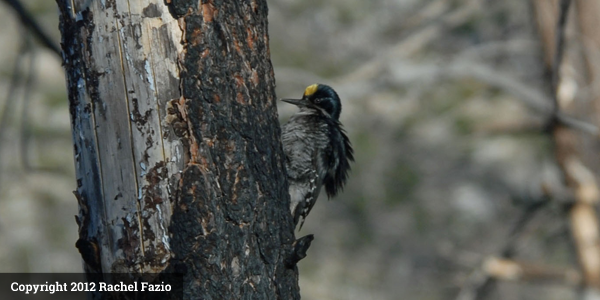 Black-Backed Woodpeckers
Black-Backed Woodpeckers
Need It To Survive
Blacked Backed Woodpeckers like their mature and old growth forest well done. Each bird eats over 13,500 wood boring beetle larvae per year to survive – this means lots of dead trees (over 100 per acre) covering a large area (approximately 300 acres per pair).
[cmsms_button button_link=”https://johnmuirproject.org/legal-pursuits/fesa-protection-sought-for-the-black-backed-woodpecker/” button_target=”self” button_text_align=”left” button_font_weight=”100″ button_font_style=”normal” button_padding_hor=”20″ button_text_color_h=”#ffffff” animation_delay=”0″]LEARN MORE[/cmsms_button]
Read MoreBlack-Backed Woodpeckers Need It To Survive
Blacked Backed Woodpeckers like their mature and old growth forest well done. Each bird eats over 13,500 wood boring beetle larvae per year to survive – this means lots of dead trees (over 100 per acre) covering a large area (approximately 300 acres per pair).
Read MoreCalifornia Spotted Owls
 California Spotted Owls
California Spotted Owls
Choose It For Foraging
Spotted owls prefer unburned mature forest or mature forest that burns at lower intensity for nesting and roosting, but use mature forest that burns at high intensity to hunt the small mammals that they need to eat to survive. Without this habitat in their territories, populations decline.
[cmsms_button button_link=”https://johnmuirproject.org/legal-pursuits/fesa-protection-sought-for-california-spotted-owl/” button_target=”self” button_text_align=”left” button_font_weight=”100″ button_font_style=”normal” button_padding_hor=”20″ button_text_color_h=”#ffffff” animation_delay=”0″]LEARN MORE[/cmsms_button]
Read MoreCalifornia Spotted Owls Choose It For Foraging
Spotted owls prefer unburned mature forest or mature forest that burns at lower intensity for nesting and roosting, but use mature forest that burns at high intensity to hunt the small mammals that they need to eat to survive. Without this habitat in their territories, populations decline.
Read MorePacific Fisher
 The Pacific Fisher
The Pacific Fisher
A Very Rare Carnivore
Once thought to avoid higher intensity fire areas, it has been found to select dense old forest in both its unburned state (for denning and resting) and after it is burned in a higher intensity fire (for hunting small mammals).
[cmsms_button button_link=”https://johnmuirproject.org/scientific-research/fishers-use-of-fire-areas-kern-plateau-sequoia-national-forest/” button_target=”self” button_text_align=”left” button_font_weight=”100″ button_font_style=”normal” button_padding_hor=”20″ button_text_color_h=”#ffffff” animation_delay=”0″]LEARN MORE[/cmsms_button]
Read MorePacific Fisher is a Very Rare Carnivore
Once thought to avoid higher intensity fire areas, it has been found to select dense old forest in both its unburned state (for denning and resting) and after it is burned in a higher intensity fire (for hunting small mammals).
Read More
